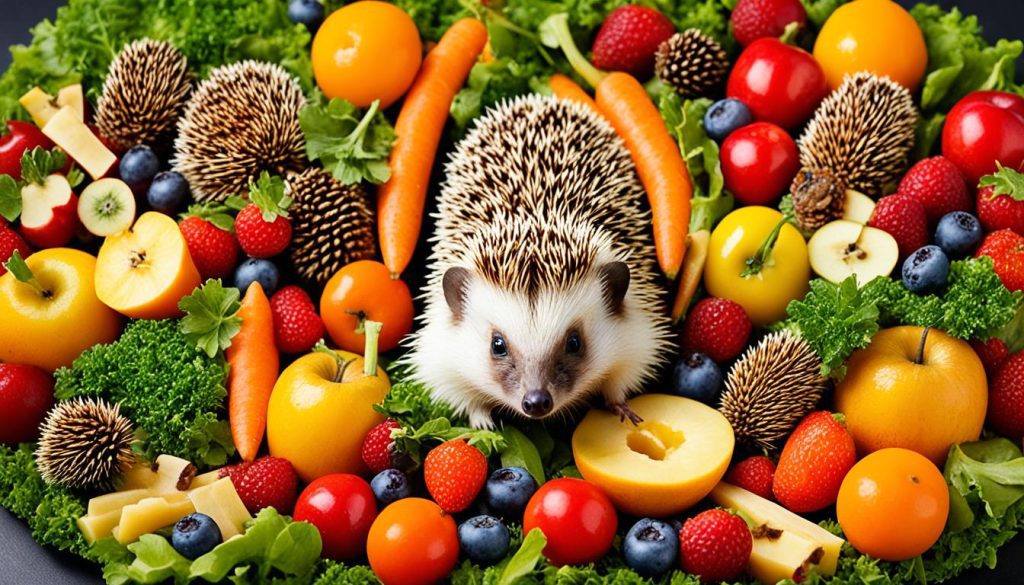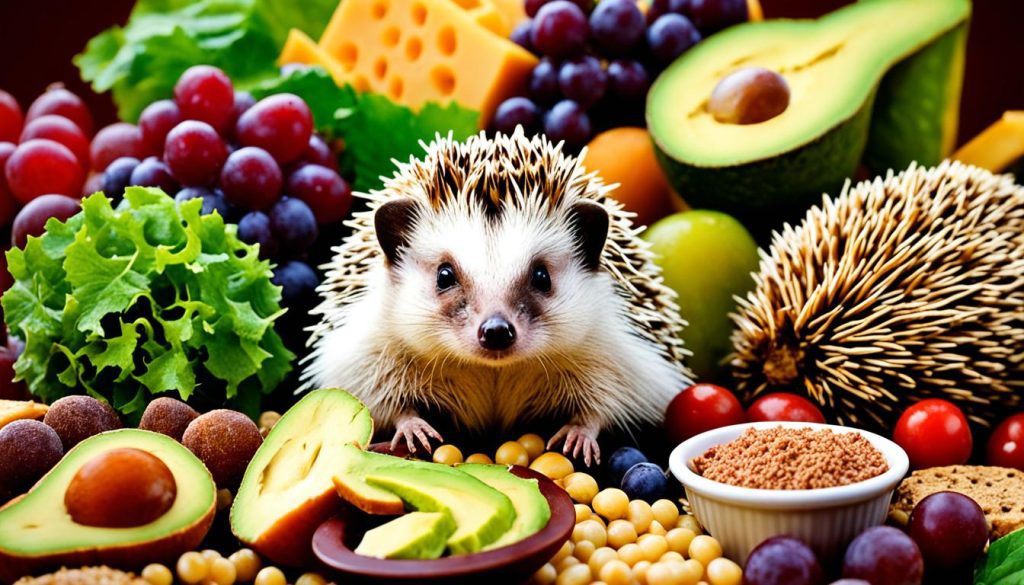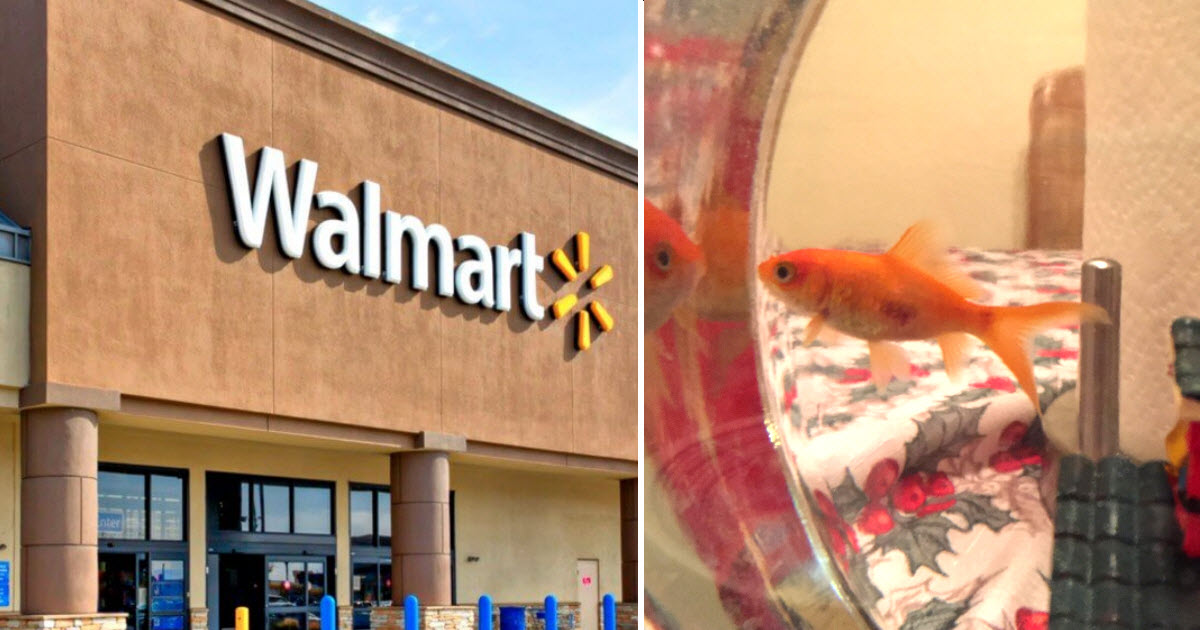Have you ever wondered what do hedgehogs eat? Well, today I’m here to shed some light on their dietary preferences and explain how you can provide the best nutrition for these adorable creatures. Understanding what hedgehogs eat is essential for their well-being and overall health.
In their natural habitat, hedgehogs are primarily insectivorous, meaning their diet mainly consists of insects and other invertebrates. They have a diverse array of options, including beetles, earwigs, caterpillars, earthworms, millipedes, and fly larvae. They are opportunistic eaters and may also indulge in carrion, fallen fruit, and even bird eggs. However, recent declines in hedgehog populations have led experts to believe that reduced invertebrate numbers are contributing to their scarcity.
To ensure the best nutrition for hedgehogs that are kept as pets or visitors in your garden, it’s important to understand their dietary needs and offer suitable food options. Read on to discover what you should feed these spiky little creatures and how you can help them thrive.
What Do Hedgehogs Eat
- Hedgehogs primarily eat insects and other invertebrates.
- Their diet may also include carrion, fallen fruit, and bird eggs.
- Reduced invertebrate numbers contribute to the decline in hedgehog populations.
- Understanding hedgehog feeding habits is crucial for their health and well-being.
- Providing a balanced hedgehog diet can help these creatures thrive.
What to Feed Hedgehogs
Hedgehogs readily consume food left out in gardens. When it comes to feeding these adorable creatures, it’s important to provide them with the right foods to support their nutrition and overall well-being.
The best foods to feed hedgehogs are:
- Meat-based cat or dog food: These provide the necessary protein and nutrients that hedgehogs need. Look for varieties that contain real meat as the main ingredient.
- Specifically made hedgehog food: There are commercially available hedgehog foods that are formulated to meet their dietary requirements. These can be a convenient option to ensure they receive a balanced diet.
- Cat biscuits: Some high-quality cat biscuits can also be suitable for feeding hedgehogs. Choose ones that are low in salt and additives.
In addition to food, it’s crucial to provide a shallow dish of water for hedgehogs, especially during hot and dry weather. Water is essential for their hydration and helps them stay cool.
Remember:
While it’s okay to provide food for hedgehogs, it’s important to remember that this should only supplement their natural diet and not replace it entirely. Hedgehogs are opportunistic eaters, and their diet in the wild primarily consists of insects and invertebrates. So, offering a variety of foods will help ensure they are getting a balanced meal.
Now that you know what to feed hedgehogs, let’s move on to when to feed them and why it’s essential to maintain a feeding schedule throughout the year.

When to Feed Hedgehogs
Feeding hedgehogs at the right time is essential to ensure their well-being and support their natural feeding patterns. Hedgehogs have specific feeding requirements throughout the year, which are influenced by their hibernation cycles and changes in weather conditions.
It is recommended to put out food for hedgehogs all year round, as they may wake up from hibernation and search for food even during the colder months. Feeding them in spring is particularly important as it helps boost their energy levels after hibernation and prepares them for the active months ahead.
During late summer and autumn, it is crucial to provide hedgehogs with ample food to help them build up fat reserves for winter survival. These reserves will sustain them during hibernation when food becomes scarce.
Additionally, it is vital to consider the impact of dry and hot weather on hedgehogs. During such periods, natural resources like insects and vegetation may become scarce, making it even more important to provide food and water for hedgehogs in your garden. This ensures that they have access to the nutrition they need to thrive and helps prevent dehydration.
By following a consistent feeding schedule and considering the specific needs of hedgehogs during different seasons and weather conditions, you can play a crucial role in supporting their overall health and well-being.
What Not to Feed Hedgehogs
When it comes to feeding hedgehogs, it’s important to be aware of what foods to avoid to ensure their optimal health and well-being. Not all human foods are suitable for these adorable creatures, and some can even be harmful to their digestive systems. Here are a few foods you should avoid feeding hedgehogs:
- Bread and Milk: Despite popular belief, hedgehogs are lactose intolerant. Feeding them bread and milk can upset their stomachs and cause digestive issues. Additionally, bread offers little nutritional value and can be detrimental to their overall diet.
- Mealworms: While mealworms are often considered a staple in hedgehog diets, it’s crucial to feed them in moderation. Consuming excessive amounts of mealworms can lead to health problems in hedgehogs, such as obesity and nutrient imbalances. It is best to provide mealworms as an occasional treat rather than a primary food source.
By avoiding these foods, you can help prevent potential health issues and ensure the well-being of your hedgehog. Stick to the recommended foods for hedgehogs to provide them with a balanced and nutritious diet.

Keeping hedgehog health in mind when choosing their diet is essential. A well-balanced meal plan that includes the right foods will help support their overall health and longevity.
How to Help Hedgehogs
Creating a wildlife habitat in your garden can provide a haven for hedgehogs and other wildlife. By incorporating a few simple elements, you can attract these adorable creatures and contribute to their well-being.
1. Allow areas of your garden to become overgrown: To encourage hedgehog activity, leave some areas of your lawn or garden to grow wild. This provides a natural habitat for their prey, such as insects and invertebrates.
2. Add a pond: Hedgehogs need a source of fresh water, and a small pond can be a valuable addition to your garden. Ensure the pond has a shallow area or a ramp for easy access.
3. Create “hedgehog highways”: Hedgehogs need to roam freely between gardens to find food, mates, and suitable nesting sites. Create small gaps or holes in your garden boundaries to allow hedgehogs to move around without obstruction.
4. Provide hedgehog houses: Hedgehogs need sheltered spaces to sleep, hibernate, and raise their young. You can either purchase a commercially available hedgehog house or create your own using overgrown patches, compost heaps, or log piles.
By following these simple steps, you can transform your garden into a haven for wildlife, including hedgehogs. Additionally, it’s a rewarding way to contribute to the conservation of these charming creatures.
Conclusion
Understanding the hedgehog’s diverse diet is essential for providing them with the nutrition they need to thrive. While their natural diet primarily consists of insects and invertebrates, we can supplement it by offering appropriate food and water. By doing so, we not only ensure their well-being but also contribute to the conservation of hedgehog populations.
Creating a suitable habitat is equally important in supporting hedgehog populations. By allowing areas in our gardens to become overgrown and providing features like ponds, log piles, and compost heaps, we create a haven for their natural prey. Additionally, establishing “hedgehog highways” in our boundaries allows these adorable creatures to move freely and access the resources they need.
Conservation efforts play a significant role in maintaining healthy hedgehog populations. Understanding their dietary needs and taking steps to protect their habitats can help safeguard these wonderful creatures for generations to come. By providing nutrition for hedgehogs and promoting hedgehog conservation, we can make a positive impact on their survival and well-being.






